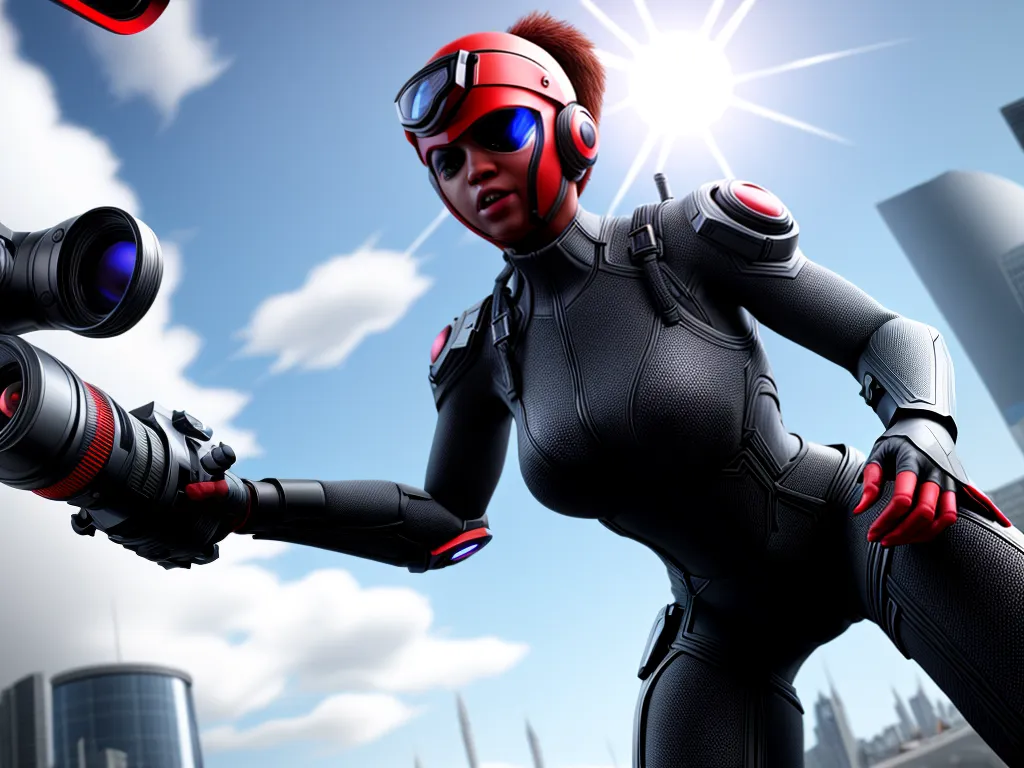
Introduction
The year 2024 will mark a monumental shift in video game graphics with the arrival of the first truly photorealistic games. Advanced ray tracing technology, AI-generated assets, and cutting-edge animation will enable game worlds that are indistinguishable from real life. This leap to photorealism will revolutionize gaming and usher in a new era of immersive, cinematic experiences. As a gamer, I am incredibly excited for what the future holds. In this article, I will provide an in-depth look at how photorealistic graphics will change video games in 2024 and beyond.
The Technology Powering Photorealism
Several key technologies converging in the next few years will enable the first photorealistic video games. Here’s an overview of the most important advancements:
Ray Tracing
Ray tracing is a lighting technique that realistically simulates how light interacts with virtual objects and surfaces. Traditional rasterization techniques in games rely on “faking” lighting effects, resulting in flat, unrealistic graphics. Ray tracing tracks individual light rays as they bounce around a scene, capturing true-to-life reflections, shadows, refractions and global illumination.
Nvidia’s RTX GPUs first brought real-time ray tracing to games in 2018. The next generation of GPUs in 2023-2024 will provide the raw horsepower required for full scene ray tracing, completely eliminating the need for rasterization.
AI-Assisted Development
Creating expansive, detailed game worlds is incredibly labor-intensive. AI and machine learning will help automate asset generation, saving developers time and resources. For example, AI can automatically generate detailed vegetation and realistic urban environments based on some basic inputs.
Nvidia’s Omniverse platform points to the future of AI-assisted world building. AI systems like Omniverse will drastically reduce the manpower needed to construct photorealistic environments.
Advanced Animation and Motion Capture
Realistic character animation is equally important for photorealism. New motion capture techniques utilizing machine learning and computer vision will capture even minute details of human movement and facial expressions. This will allow developers to animate digital characters and human NPCs that move exactly like real people.
Deep learning animation techniques like DeepMotion’s Live Driver system hint at the exciting advancements in animation coming in the next few years. These AI systems can generate natural looking motion and animations in real time, eliminating the need for time-consuming manual animation.
The Immersive Cinematic Experience
Photorealism will transform video games into truly cinematic experiences that are visually indistinguishable from real life. Here are some of the ways this technological leap will revolutionize gaming:
Boundary-Pushing Narratives
With photorealistic graphics, video game worlds essentially become digital film sets. This will enable unprecedented storytelling possibilities, allowing developers to bring any scene or setting imaginable to life. Photorealism will remove the technical limitations on narrative ambitions and usher in a new era of story-focused, cinematic games.
Incredible Immersion
Photorealistic visuals paired with surround sound audio and VR/AR headsets will result in unparalleled immersion. Players will feel like they have been transported into living, breathing worlds. Tiny details like dust particles in the air and light flickering through tree leaves will make environments feel authentic and alive. Game worlds will transition from static backdrops to simulated realities.
Digital Actors
AI-powered digital actors with realistic appearances, voices, and animations will inhabit photorealistic game worlds. These virtual actors will showcase nuanced emotions and behave like real people, interacting with players in dynamic ways. Iconic game characters like Lara Croft will make the jump to digital actors through the use of advanced motion capture and machine learning.
Cinematic Gameplay
Alongside impressive cutscenes, gameplay itself will become more cinematic thanks to photorealism. Moments like charging across a battlefield or exploring atmospheric ruins will feel like you’re playing through a blockbuster movie. Photorealism will heighten gameplay experiences and further integrate interactive and non-interactive elements into a cohesive whole.
The Bottom Line
The arrival of photorealistic gaming will be a historic moment that fundamentally transforms the medium. For decades, pushing graphics to the next level has been a core pursuit of the gaming industry. With photorealism, we will finally achieve graphics that are indistinguishable from reality. This will enable unprecedented immersion along with new cinematic storytelling opportunities. As a lifelong gamer, I could not be more thrilled for this huge graphical leap coming in just a couple years. The future of gaming has never looked more exciting and realistic.












